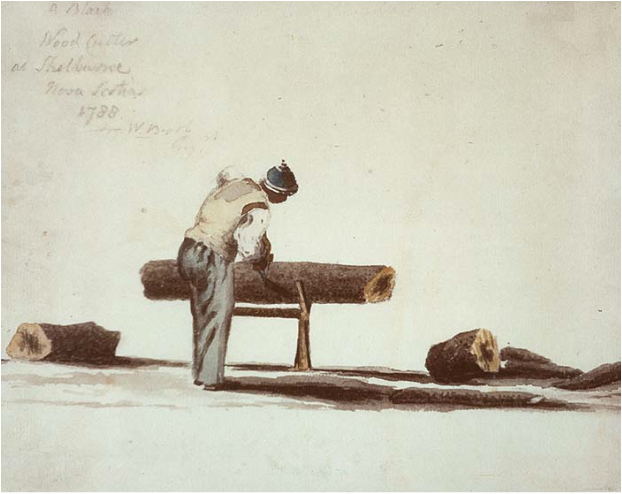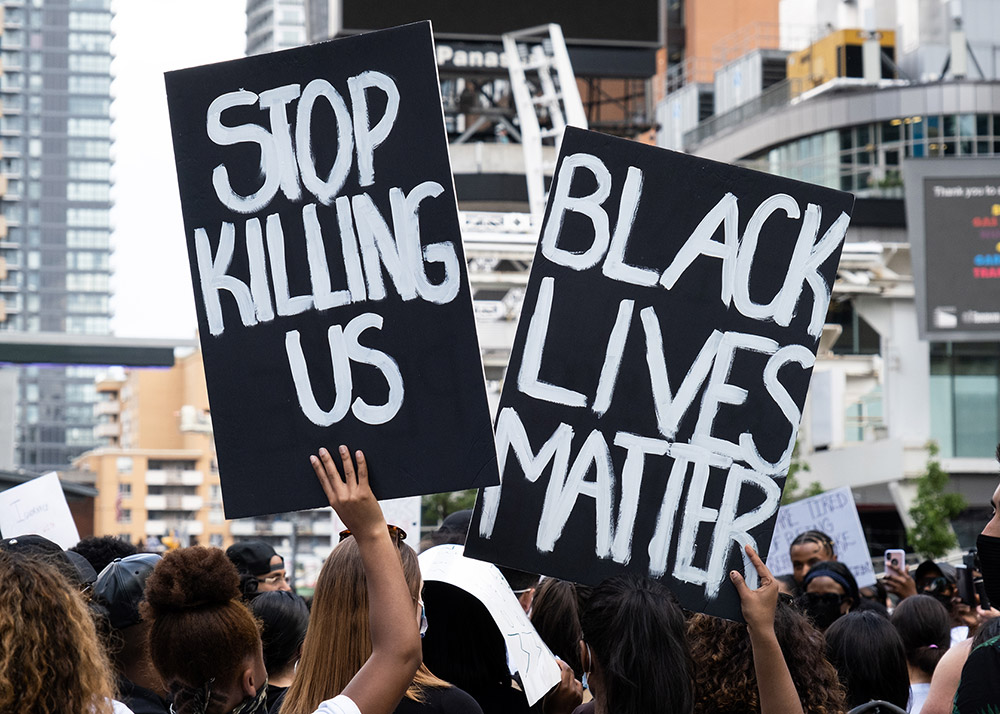Article
4-H Clubs
The 4-H movement began in the US at the turn of the 20th century; the first similar club in Canada was organized in Roland, Manitoba, in 1913, and the concept quickly swept through the settled agricultural regions of the country.

Enter your search term
Signing up enhances your TCE experience with the ability to save items to your personal reading list, and access the interactive map.
Create AccountArticle
The 4-H movement began in the US at the turn of the 20th century; the first similar club in Canada was organized in Roland, Manitoba, in 1913, and the concept quickly swept through the settled agricultural regions of the country.
"https://www.thecanadianencyclopedia.ca/images/tce_placeholder.jpg?v=e9dca980c9bdb3aa11e832e7ea94f5d9" // resources/views/front/categories/view.blade.phphttps://www.thecanadianencyclopedia.ca/images/tce_placeholder.jpg?v=e9dca980c9bdb3aa11e832e7ea94f5d9

Article
Antigonish Movement, a social and economic movement sponsored by the Extension Department of St Francis Xavier University, Antigonish, Nova Scotia.
"https://www.thecanadianencyclopedia.ca/images/tce_placeholder.jpg?v=e9dca980c9bdb3aa11e832e7ea94f5d9" // resources/views/front/categories/view.blade.phphttps://www.thecanadianencyclopedia.ca/images/tce_placeholder.jpg?v=e9dca980c9bdb3aa11e832e7ea94f5d9

Article
The Arvida strike began 24 July 1941, when some 700 workers in the Aluminium Co of Canada (Alcan) in Arvida, Québec, spontaneously walked off the job. The next day the strike spread to 4500 workers, who decided to occupy the plant.
"https://www.thecanadianencyclopedia.ca/images/tce_placeholder.jpg?v=e9dca980c9bdb3aa11e832e7ea94f5d9" // resources/views/front/categories/view.blade.phphttps://www.thecanadianencyclopedia.ca/images/tce_placeholder.jpg?v=e9dca980c9bdb3aa11e832e7ea94f5d9

Article
The Asbestos Strike began on 14 February 1949 and paralyzed major asbestos mines in Quebec for almost five months. The Quebec government sided with the main employer, an American-owned company, against the 5,000 unionized mine workers. From the start, the strike created conflicts between the provincial government and the Roman Catholic Church, which usually sided with the government (see Catholicism in Canada). One of the longest and most violent labour conflicts in Quebec history, it helped lay the groundwork for the Quiet Revolution.
"https://d3d0lqu00lnqvz.cloudfront.net/media/new_article_images/Asbestos_Strike/Asbestos_Strike_11133.jpg" // resources/views/front/categories/view.blade.phphttps://d3d0lqu00lnqvz.cloudfront.net/media/new_article_images/Asbestos_Strike/Asbestos_Strike_11133.jpg

Editorial
The following article is an editorial written by The Canadian Encyclopedia staff. Editorials are not usually updated. The strike that began on 14 February 1949 in Asbestos, Quebec, is one of those events that resonate beyond the immediate and define history. It was, as Pierre Trudeau later wrote, “a violent announcement that a new era had begun.”
"https://d3d0lqu00lnqvz.cloudfront.net/media/media/996bdd9e-430b-4776-9126-73cecc7b3156.jpg" // resources/views/front/categories/view.blade.phphttps://d3d0lqu00lnqvz.cloudfront.net/media/media/996bdd9e-430b-4776-9126-73cecc7b3156.jpg

Article
More than a century ago, francophones in Ontario established an organization that has claimed and defended their rights in nearly every sector: education, arts and culture, economy, health and legal services.
"https://d3d0lqu00lnqvz.cloudfront.net/media/Twitter_Cards/franco ontarian flag.png" // resources/views/front/categories/view.blade.phphttps://d3d0lqu00lnqvz.cloudfront.net/media/Twitter_Cards/franco ontarian flag.png

Article
The Assembly of First Nations (AFN) is a political organization representing approximately 900,000 First Nations citizens in Canada. The AFN advocates on behalf of First Nations on issues such as treaties, Indigenous rights, and land and resources. The AFN's Chiefs assemblies are held at least twice a year, where chiefs from each First Nation pass resolutions to direct the organization’s work. There are over 600 First Nations in Canada.
"https://d3d0lqu00lnqvz.cloudfront.net/media/media/42b07144-6118-49ea-b252-501690fca51d.jpg" // resources/views/front/categories/view.blade.phphttps://d3d0lqu00lnqvz.cloudfront.net/media/media/42b07144-6118-49ea-b252-501690fca51d.jpg

Article
Associations are voluntary, non-governmental, non-profit organizations composed of personal or institutional members, with or without federal or provincial incorporation.
"https://www.thecanadianencyclopedia.ca/images/tce_placeholder.jpg?v=e9dca980c9bdb3aa11e832e7ea94f5d9" // resources/views/front/categories/view.blade.phphttps://www.thecanadianencyclopedia.ca/images/tce_placeholder.jpg?v=e9dca980c9bdb3aa11e832e7ea94f5d9

Article
Automobile clubs grew in popularity as automobile sales and production increased. In the early 20th century, the first Canadian automobile clubs were formed. By 1913, the not-for-profit Canadian Automobile Association was established to represent motorists. (See also Automobile; Associations.)
"https://www.thecanadianencyclopedia.ca/images/tce_placeholder.jpg?v=e9dca980c9bdb3aa11e832e7ea94f5d9" // resources/views/front/categories/view.blade.phphttps://www.thecanadianencyclopedia.ca/images/tce_placeholder.jpg?v=e9dca980c9bdb3aa11e832e7ea94f5d9

Article
Big Brothers and Sisters of Canada (BBSC) is a national mentoring organization that provides support to more than 300 Canadian communities, comprising 160 local member agencies. Its mandate is to provide high-quality, volunteer-based mentoring programs to children and youth.
"https://www.thecanadianencyclopedia.ca/images/tce_placeholder.jpg?v=e9dca980c9bdb3aa11e832e7ea94f5d9" // resources/views/front/categories/view.blade.phphttps://www.thecanadianencyclopedia.ca/images/tce_placeholder.jpg?v=e9dca980c9bdb3aa11e832e7ea94f5d9

Article
Located in Cherry Brook, near Dartmouth (Halifax Regional Municipality), the Black Cultural Centre for Nova Scotia has been open to the public since 1983. It is run by the Black Cultural Society, created in 1977. The centre is both a museum and a gathering place where people can explore the history and heritage of Black communities in Nova Scotia.
"https://d3d0lqu00lnqvz.cloudfront.net/media/media/be13527b-b76d-408a-afca-30acbd4f7bfc.png" // resources/views/front/categories/view.blade.phphttps://d3d0lqu00lnqvz.cloudfront.net/media/media/be13527b-b76d-408a-afca-30acbd4f7bfc.png

Article
Black Lives Matter (BLM) is a decentralized movement to end anti-Black racism. It was founded as an online community in the United States in 2013 in response to the acquittal of the man who killed Black teenager Trayvon Martin. Its stated mission is to end white supremacy and state-sanctioned violence and to liberate Black people and communities. The Black Lives Matter hashtag (#BlackLivesMatter) has been used to bring attention to discrimination and violence faced by Black people. BLM has chapters in the United States and around the world. There are five chapters in Canada: Toronto (BLM-TO), Vancouver (BLM-VAN), Waterloo Region, Edmonton, and New Brunswick.
"https://d3d0lqu00lnqvz.cloudfront.net/BLM/BlackLivesMatterProtest.jpg" // resources/views/front/categories/view.blade.phphttps://d3d0lqu00lnqvz.cloudfront.net/BLM/BlackLivesMatterProtest.jpg

Article
The Blackfoot Confederacy, sometimes referred to as the Blackfoot Nation or Siksikaitsitapi, is comprised of three Indigenous nations, the Kainai, Piikani and Siksika. People of the Blackfoot Nation refer to themselves as Niitsitapi, meaning “the real people,” a generic term for all Indigenous people, or Siksikaitsitapi, meaning “Blackfoot-speaking real people.” The Confederacy’s traditional territory spans parts of southern Alberta and Saskatchewan, as well as northern Montana. In the 2016 census, 22,490 people identified as having Blackfoot ancestry.
"https://d3d0lqu00lnqvz.cloudfront.net/media/media/bb803906-cd48-4b47-a60b-b5c9059cf804.jpg" // resources/views/front/categories/view.blade.phphttps://d3d0lqu00lnqvz.cloudfront.net/media/media/bb803906-cd48-4b47-a60b-b5c9059cf804.jpg

Article
The Institute of the Brothers of the Christian Schools is a Catholic religious order founded by Jean-Baptiste de La Salle in France in 1680. In Canada, members are generally referred to as Christian Brothers or De La Salle Brothers. They are not to be confused with the Congregation of Christian Brothers who were founded by Edmund Rice in Ireland in 1802 and whose members in Canada were also called Christian Brothers or Irish Christian Brothers. The Brothers of the Christian Schools were a major force in Catholic education in Canada, especially in Quebec. They first arrived in Montreal in 1837, then experienced numeric growth, geographic expansion and a solid reputation over the next 125 years. The Brothers underwent a significant exodus and decline in vocations with the dramatic religious and social changes spawned by the Second Vatican Council and the Quiet Revolution.
"https://d3d0lqu00lnqvz.cloudfront.net/media/media/18d34584-e308-4351-8631-f217b0a1fd6c.jpg" // resources/views/front/categories/view.blade.phphttps://d3d0lqu00lnqvz.cloudfront.net/media/media/18d34584-e308-4351-8631-f217b0a1fd6c.jpg

Article
The Canadian Cancer Society is a national, community-based organization of volunteers whose mission is the eradication of cancer and the enhancement of the quality of life of people living with cancer.
"https://www.thecanadianencyclopedia.ca/images/tce_placeholder.jpg?v=e9dca980c9bdb3aa11e832e7ea94f5d9" // resources/views/front/categories/view.blade.phphttps://www.thecanadianencyclopedia.ca/images/tce_placeholder.jpg?v=e9dca980c9bdb3aa11e832e7ea94f5d9
